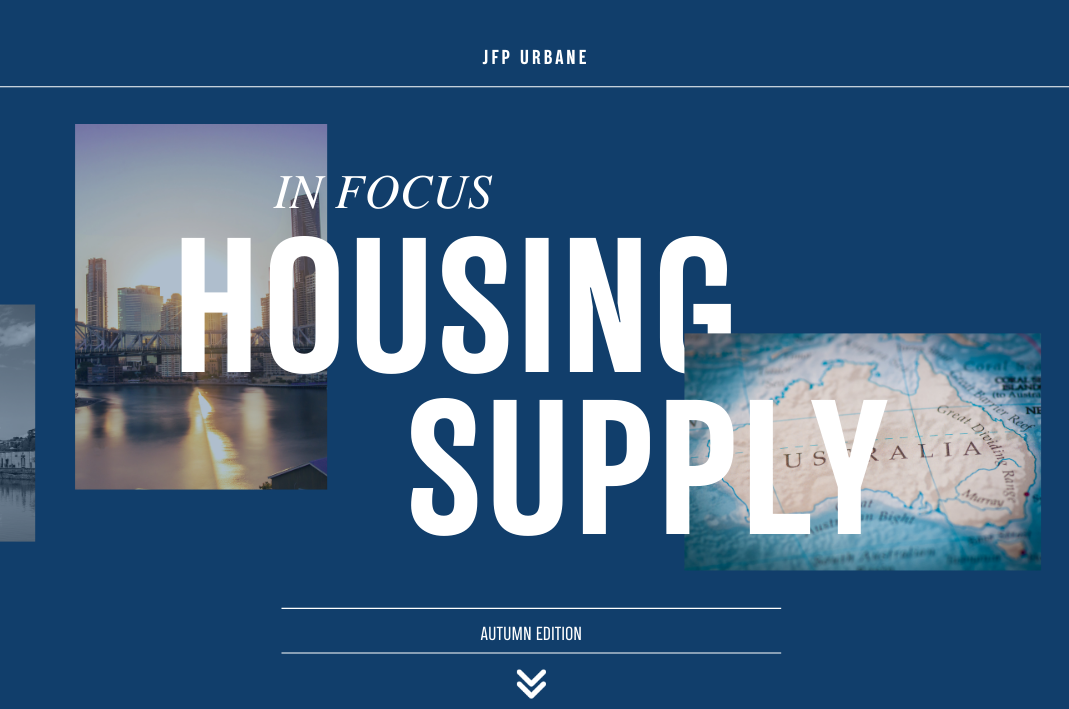
28 Mar Housing Supply in focus

Housing Supply in focus
Housing Supply is currently a major focus for all levels of government as reflected by recent important policy initiatives which impact the Queensland development industry.



The development industry has been warning of a Housing Supply crisis for some time. It is pleasing to now see governments across the board increase the level of independent advice they are receiving and to witness their urgency to bolster Housing Supply.
Positively, at a recent UDIA QLD event, the State announced a couple of practical policy changes that will go some way to addressing Housing Supply. The first was a change to the rules relating to Community Title Schemes. These can now be redeveloped when supported by more than 75% of lot owners, rather than requiring 100% backing. The other was to admit that they have been overestimating the amount of land that is economically feasible for development. Their research has found that only a maximum of 40% of the land contained in the Underutilised Urban Footprint (UUF) was realistically developable.
Interestingly, their proportion of economically developable land corresponds very closely to that calculated as part of JFP’s Sunshine Coast Land Supply Study, which we undertook in conjunction with the UDIA last year.
In that study, we used computer algorithms, based on the information from the State’s Land Supply & Development Monitoring (LSDM) report to identify land that had the potential for development. We then presented the identified sites to a group of 10 local developers to assess actual developability. The result was that only approximately 40% of sites were economically feasible for development. We have used our mapping technology to review other Local Government areas across SEQ and have found similar results in terms of developability. Further details on what JFP’s Mapping technology can do can be viewed via this link.
Summarising our research, there is a significantly lower amount of economically developable land in SEQ than that previously accounted for by Authorities. This has significant implications on our ability to address the Housing Supply challenge that we face.
Some suggested approaches that could increase Housing Supply include;





Reviewing allowable dwelling types and densities in the right locations. The State and Councils should look to facilitate improved mechanisms to unlock greater potential through fast tracked Planning Scheme Amendments and/or Regional Plan powers.




Sorry, the comment form is closed at this time.